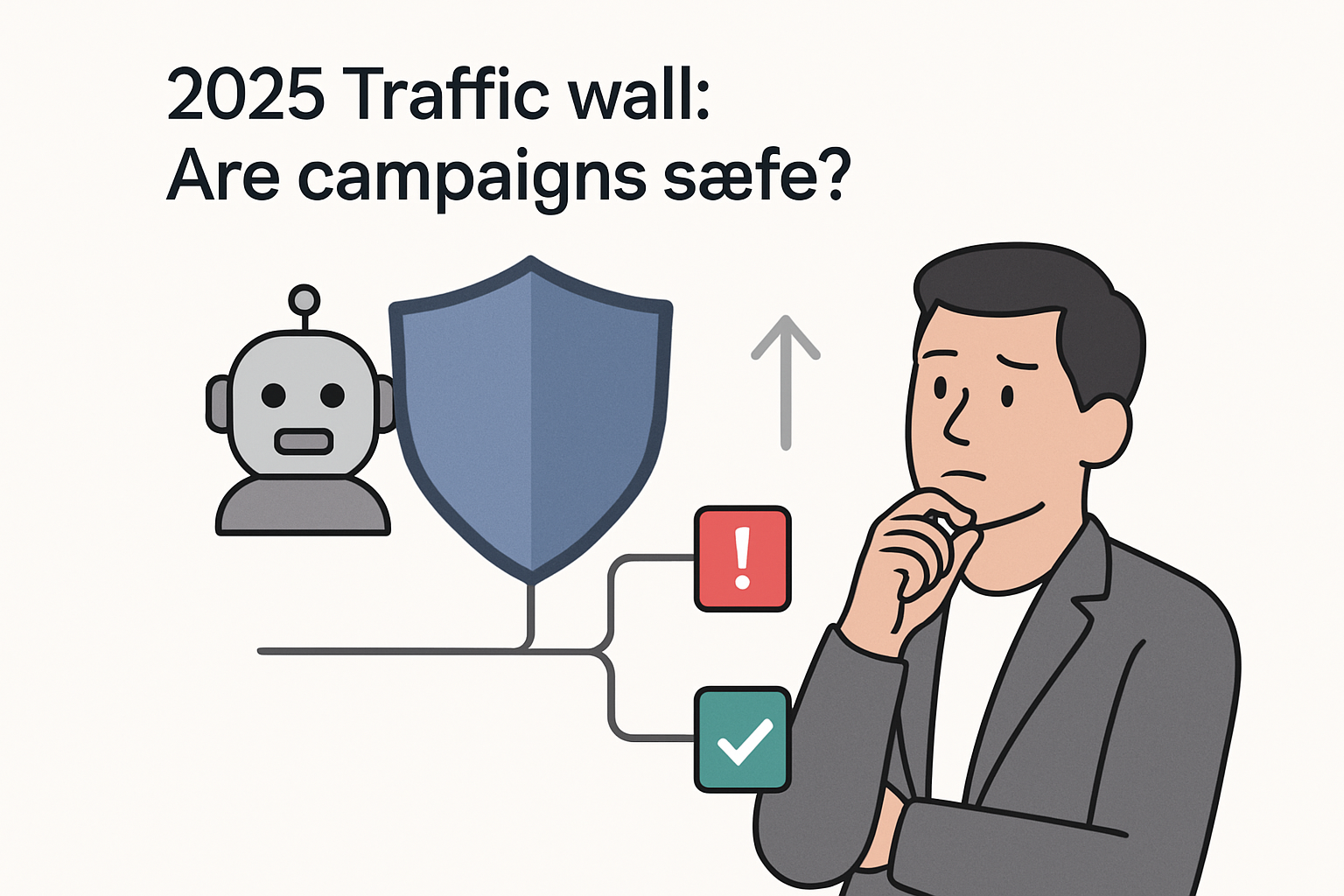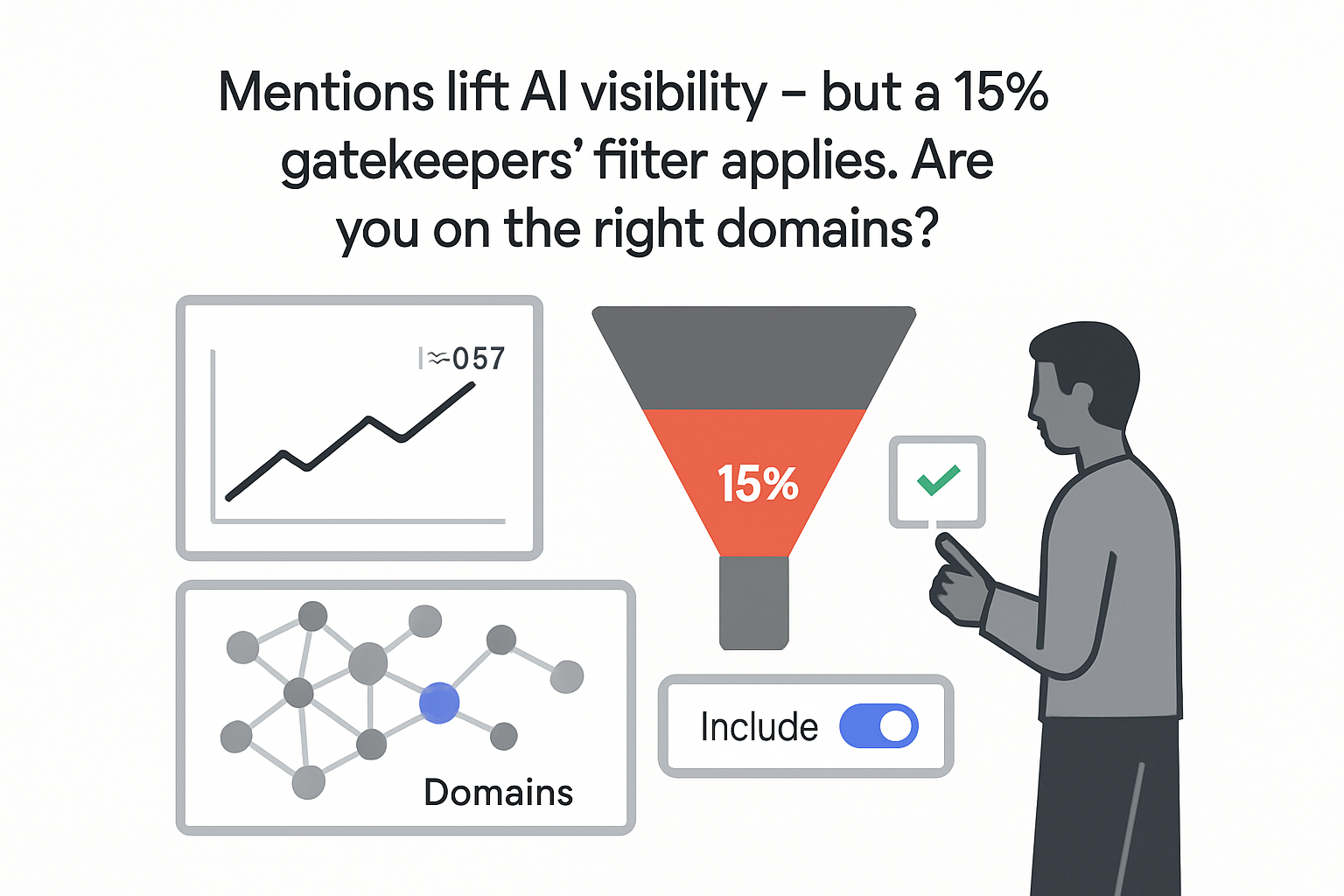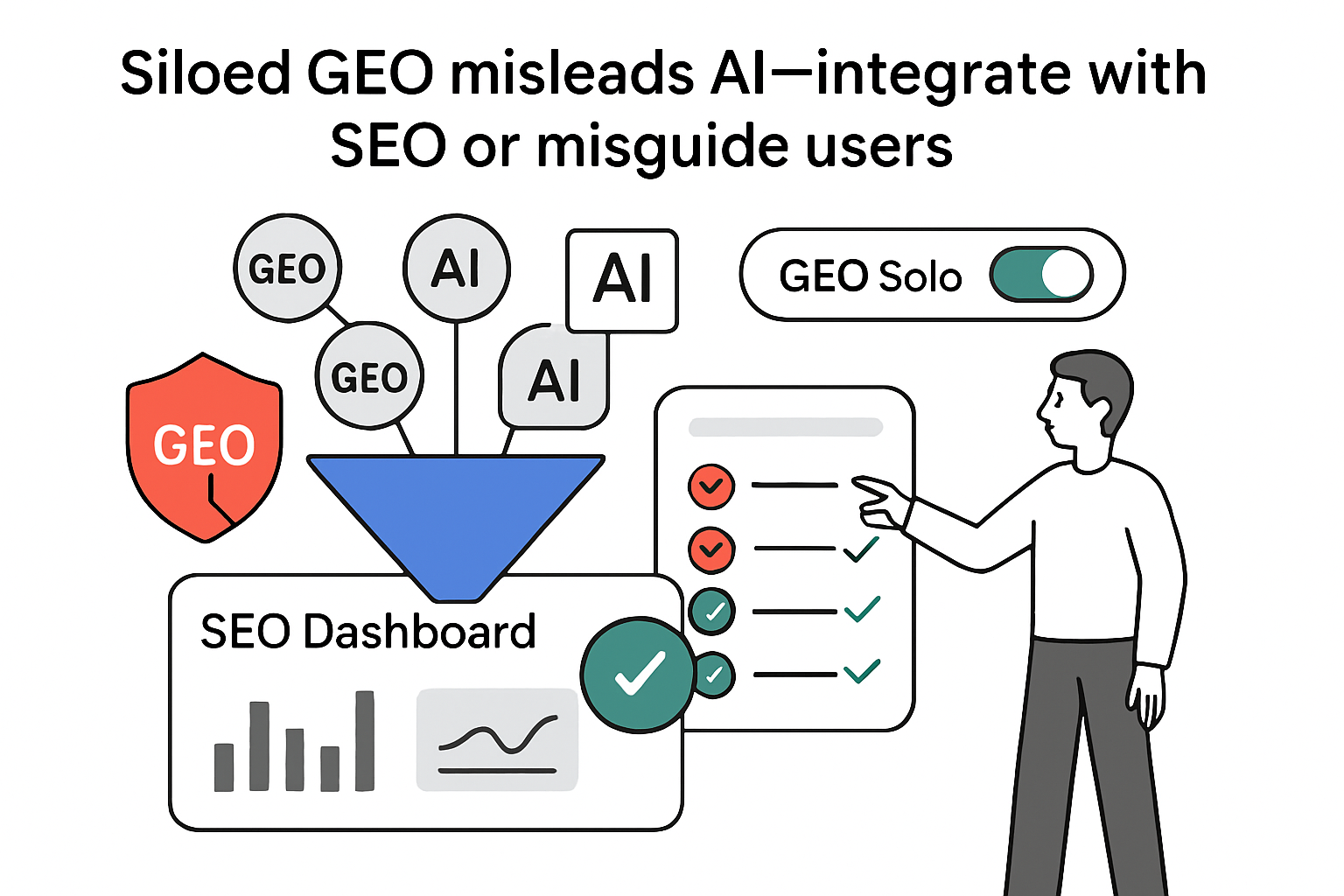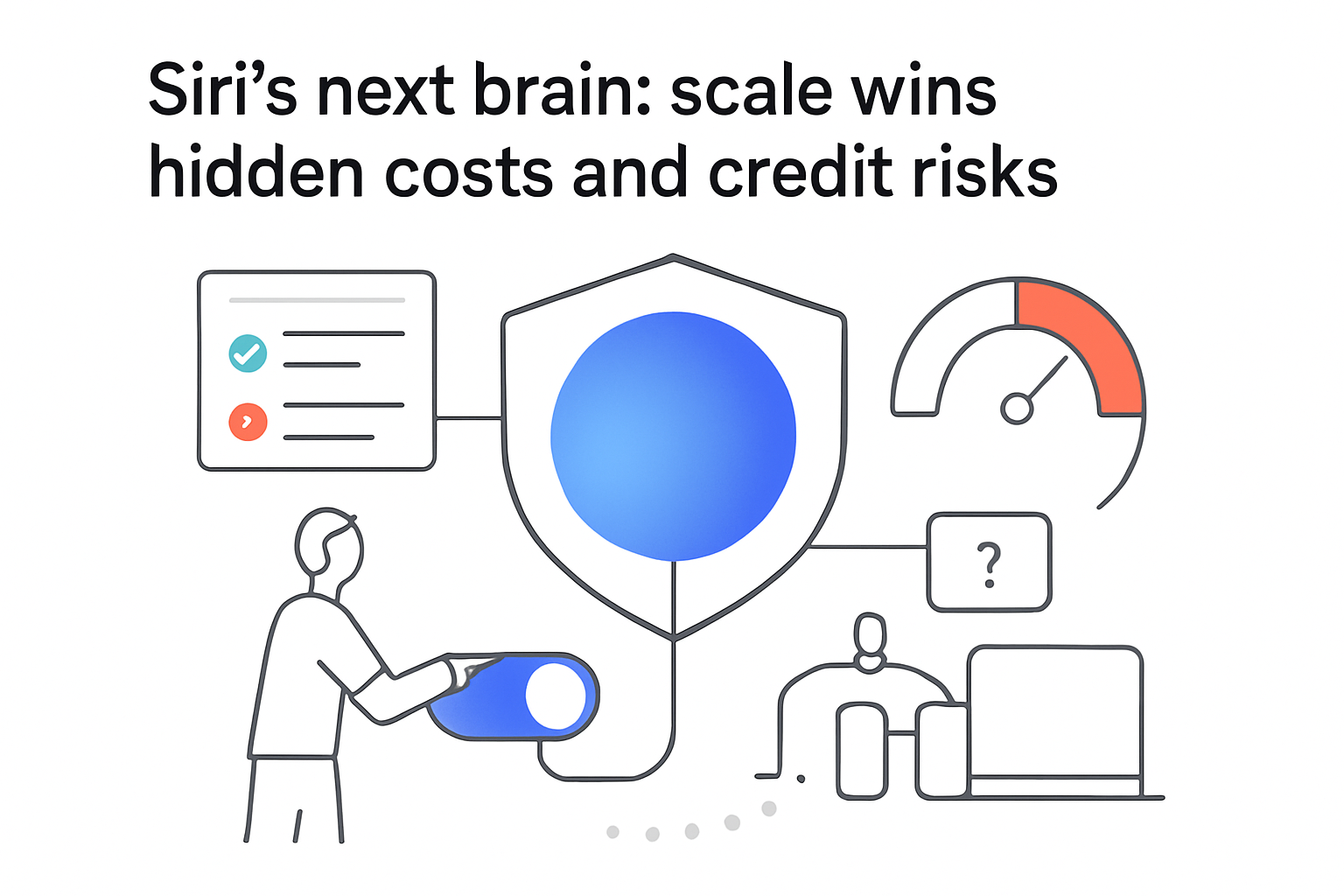How Cloudflare's Bot Controls Could Restrict On-Demand AI Assistants
Perplexity AI and Cloudflare are locked in a dispute over whether the assistant's user-initiated page fetches should be treated as conventional web-crawling bots. The outcome will shape both inventory supply and revenue for brands that depend on AI assistants for content discovery, summarisation, or paid-media targeting.
Cloudflare Blocking AI Assistants: Key Strategic Questions
Perplexity argues its traffic is user-triggered and therefore exempt from robots.txt rules and bot-rate limits. Cloudflare says the requests resemble non-compliant scraping. The core tension: who decides what counts as legitimate automated access?
- Robots.txt is no longer a reliable permission model; expect site owners to tighten IP-, agent-, and header-based gating.
- Marketers using on-demand AI assistants for research or content distribution may see higher latency or outright blocks as protective middleware scales.
- Paid media budgets that rely on AI-summarised third-party content (programmatic native, contextual) face inventory volatility of roughly 10-20 percent in the near term.
- API-first data licensing deals will accelerate; early movers can lock costs before volume pricing rises.
Situation Snapshot: Perplexity-Cloudflare Standoff
- 17 Apr 2024: Cloudflare posts a bot-management update citing "stealth crawlers ignoring robots.txt," naming Perplexity traffic as an example.
- 18 Apr 2024: Perplexity publishes Agents or Bots? Making Sense of AI on the Open Web, arguing its agents are user-initiated and do not build a persistent index.
- Cloudflare blocks a subset of Perplexity IPs using Bot Fight Mode; some sites report a 100 percent denial rate.
- No public evidence of data retention by Perplexity; Cloudflare has not released packet-level logs.
Breakdown and Mechanics: Fetch-on-Demand vs Traditional Crawling
Traditional Crawler Flow
(Autonomous schedule) → (Site map / URL frontier) → (Bulk fetch) → (Persistent index)
Perplexity's Stated Flow
(User prompt) → (Query parser) → (Target URL shortlist) → (Live fetch) → (Transient summary)
Why Cloudflare Still Flags It
- Identical user-agent across sessions imitates headless scrapers.
- High concurrency spikes from shared outbound IP ranges.
- Robots.txt ignored if a user's question requires blocked pages.
- No browser telemetry (cookies or JavaScript) to distinguish from a bot.
Economic Incentives
- Cloudflare: reduce bandwidth costs and limit complaints about content theft.
- Perplexity: maximise coverage and freshness to keep answer quality high.
- Publishers: protect ad impressions and paywall revenue.
The trade-off is clear: stricter controls reduce publisher leakage but also limit assistant utility.
Impact Assessment for Marketers
Paid Search & Shopping
- Assistant-generated answers can divert high-intent queries away from SERPs; blocked access slows that shift.
- CPCs on branded mid-tail terms could rise 3-5 percent if assistants lose visibility and users return to Google.
Organic Visibility
- Sites that welcome AI assistants through allow-lists or paid APIs gain incremental citation links that boost E-E-A-T signals.
- Blocking reduces exposure in AI answers, potentially cutting informational traffic by about 5 percent.
Content & Creative Operations
- Teams relying on Perplexity for competitive scans may need alternative tooling or direct crawling budgets.
- Legal teams should confirm that assistant access aligns with licensing to avoid derivative-use disputes.
Ad-Tech & Data Partnerships
- Expect a surge in negotiated feeds (RSS, GraphQL, Firehose) priced per 1 000 requests or per token; early deals benchmark at $0.10-$0.20 per 1 000 calls.
- DSPs integrating AI summary overlays may need to cache content longer or pre-buy page snapshots from archive vendors.
Scenarios and Probabilities
- Likely (55 percent) – Fragmented status quo. Cloudflare maintains hard blocks; Perplexity rotates IPs and selectively complies. Marketers see modest gaps in assistant coverage.
- Possible (35 percent) – API détente. Perplexity signs licensing deals with major publishers; Cloudflare whitelists those endpoints. Fetch costs move to a paid model, with surcharges passed to users or advertisers.
- Edge (10 percent) – Regulatory clampdown. A jurisdiction defines on-demand AI fetching as crawler activity, enabling statutory robots.txt enforcement. Widespread blocking follows, sharply degrading assistant features outside licensed content.
Risks, Unknowns, Limitations
- No independent traffic telemetry; both parties judge their own legitimacy claims.
- Cloudflare could escalate to behavioural fingerprinting, creating false positives that affect human users.
- Perplexity's future model-training plans remain unclear; retention of fetched data would undermine its argument.
- The analysis assumes Perplexity volume is below 0.5 percent of global web requests; higher volume would increase impact.
Sources
- Perplexity AI, 18 Apr 2024, blog post "Agents or Bots? Making Sense of AI on the Open Web"
- Cloudflare, 17 Apr 2024, blog post "Update on Bot Fight Mode and Emerging Scrapers"
- Search Engine Journal, 18 Apr 2024, R. Montti, "Perplexity Says Cloudflare Is Blocking Legitimate AI Assistants"







.svg)